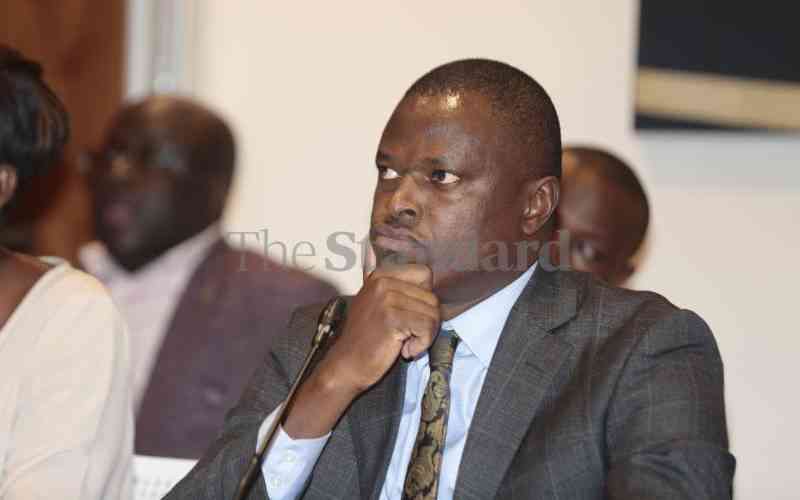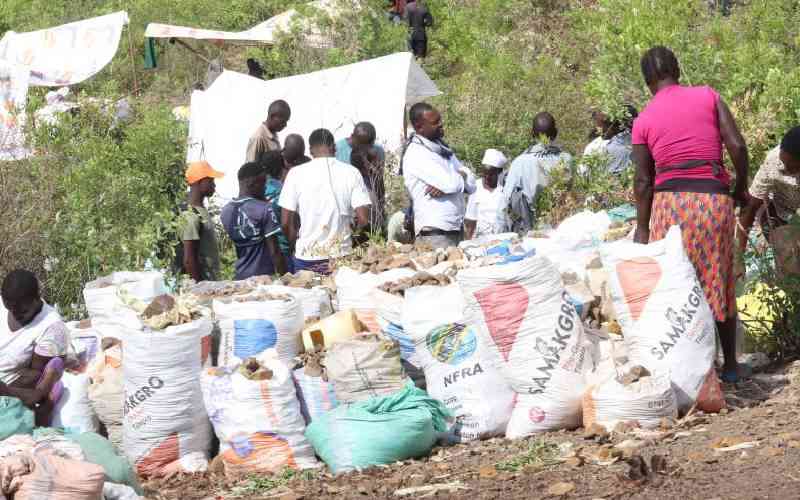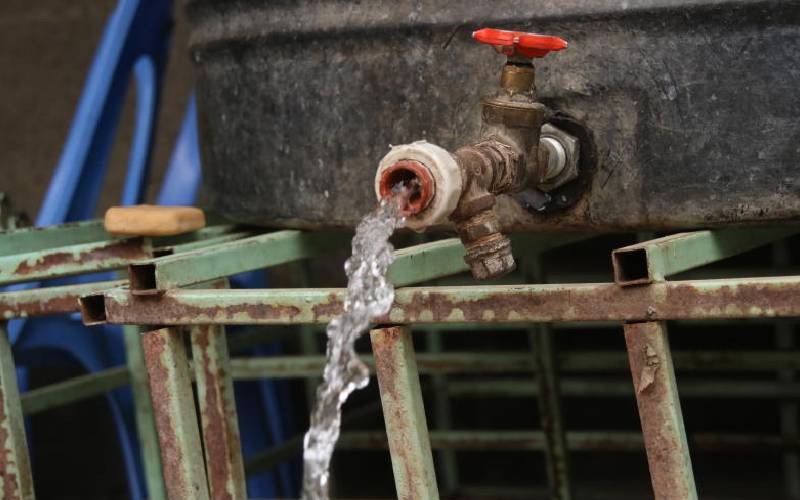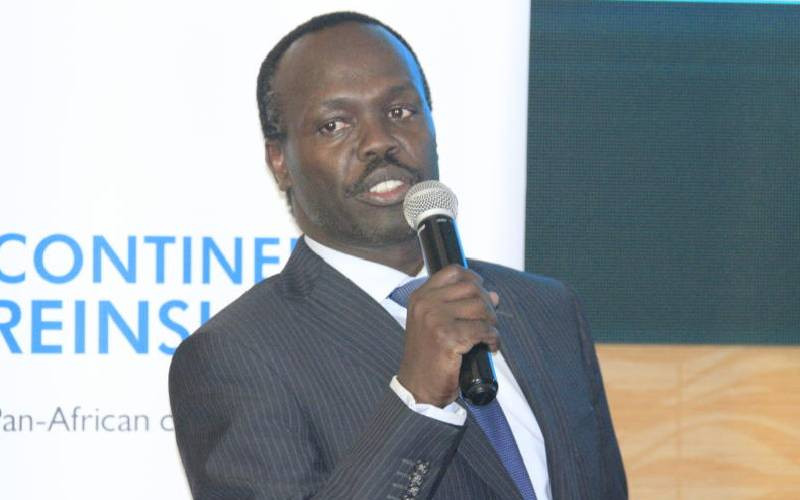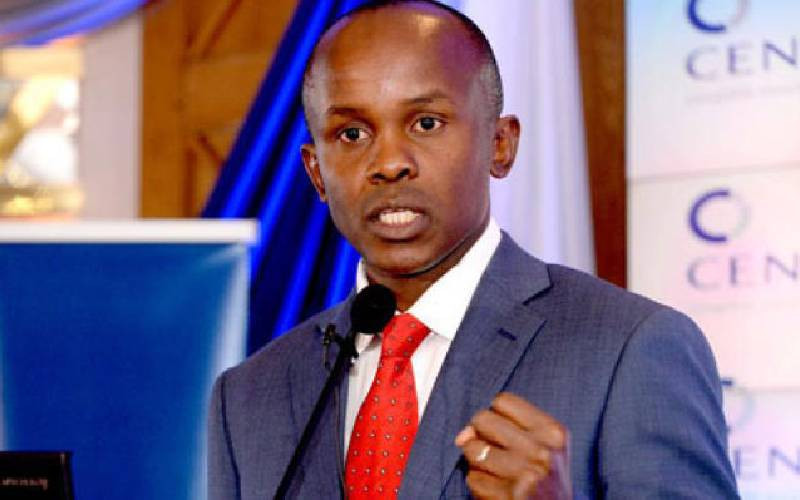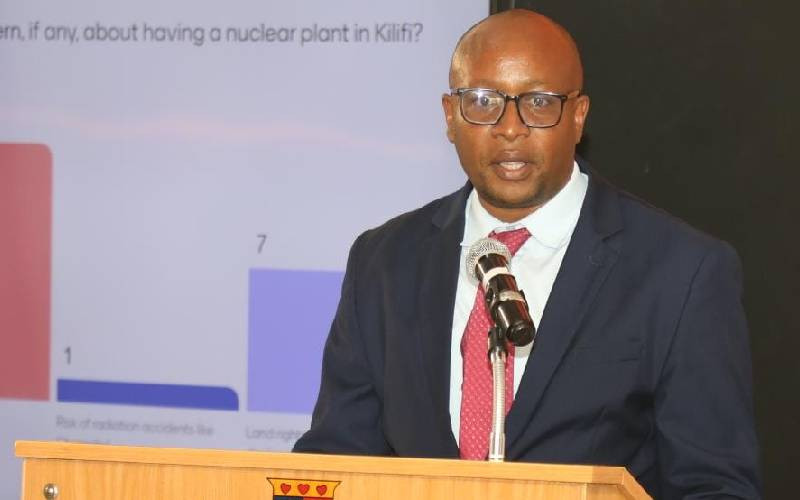
The much-anticipated draft of the New Collective Quantified Goal (NCQG) on climate finance has landed on the negotiating table at COP29, but it has drawn mixed reactions from negotiators and observers.
The clock is ticking with less than 48 hours before the end of COP29, and negotiators remain locked in intense discussions over unresolved issues, particularly the elusive agreement on a quantified climate finance goal that could define the success—or failure—of this year's summit.
While the streamlined text makes some progress, its glaring omission of specific financial commitments has frustrated many, especially those representing vulnerable nations.
The draft stress the need for climate finance to be primarily grant-based, particularly for adaptation, loss, and damage.
This is a significant demand from developing countries, especially Least Developed Countries (LDCs) and Small Island Developing States (SIDS), which are disproportionately impacted by climate change.
The proposal includes minimum allocation floors of $220 billion annually for LDCs and $39 billion for SIDS. These provisions aim to ensure equitable distribution across developing regions and prioritize the most vulnerable.
The text also outlines the importance of avoiding debt-inducing mechanisms.
It calls for more than half of the climate finance mobilized to flow through non-debt instruments, such as bilateral support and multilateral funds.
There is a strong push to simplify access to these funds, with measures like reducing administrative burdens, streamlining approval processes, and operationalizing direct access mechanisms.
Despite these advances, the lack of an overarching financial target has left many dissatisfied.
Developed countries have yet to agree on a quantified goal for annual climate finance, a sticking point that threatens to undermine the progress of these negotiations.
Ambassador Ali Mohamed, Chair of the African Group of Negotiators, welcomed the inclusion of many African priorities in the draft.
Stay informed. Subscribe to our newsletter
However, he expressed frustration over the absence of a clear financial target. “This draft contains many of our principled positions,” he said. “However, the elephant in the room remains the absence of a quantified financial target. The G77 and China have proposed $1.3 trillion annually, but we are no closer to consensus. Developed countries must urgently engage to resolve this.”
Mohamed Adow, Director of Power Shift Africa, was more blunt ,he described the text as a “blank cheque.” He explained the need for specific financial figures, noting that the conference is being billed as the “finance COP.” “We came to COP29 to talk about money. Money is measured in numbers. This is the ‘finance COP,’ but all we have is a blank piece of paper. Developed countries must put actual figures on the table to move negotiations forward,” Adow said.
Harjeet Singh, Global Engagement Director for the Fossil Fuel Non-Proliferation Treaty Initiative, warned that without clear financial sub-goals for mitigation, adaptation, and addressing loss and damage, the text risks falling short of expectations.
He explained the need for robust public financing and criticized vague commitments as insufficient to address the scale of the crisis. “True support for a just transition requires robust public finance. Hollow words will not suffice,” he remarked.
From the African Union’s perspective, Harsen Nyambe explained the continent’s unique vulnerabilities and its willingness to lead the way in transitioning to low-carbon development.
“Adaptation is Africa’s priority. We don’t have historic responsibility for climate change, yet we bear its brunt. Funding is critical to unlocking technology, building capacity, and achieving sustainable solutions,” Nyambe said.
He also pointed to Africa’s significant reserves of green minerals, such as cobalt and lithium, as an untapped opportunity for green technologies, provided the necessary investments are made.
The draft text’s emphasis on innovation, partnerships, and enhanced readiness support shows recognition of the challenges faced by developing nations.
However, as discussions continue, the pressure is mounting on developed countries to step up and bridge the gap.
With the world watching, the stakes at COP29 could not be higher. As Adow succinctly put it, “This is about survival. Numbers must match the urgency of the crisis.”

